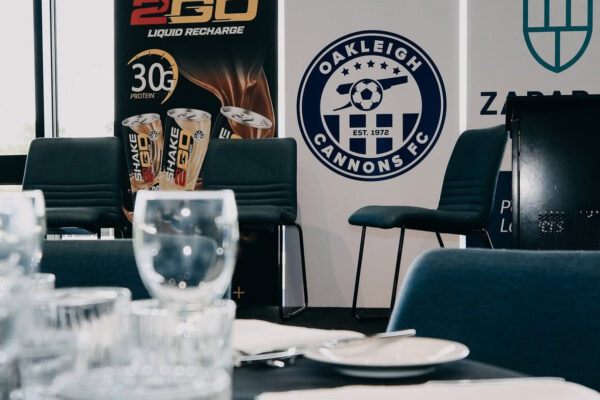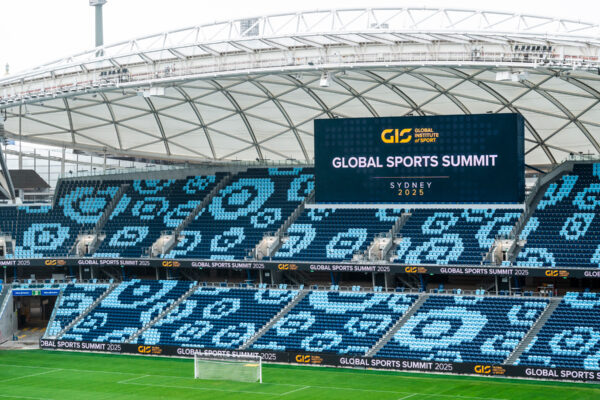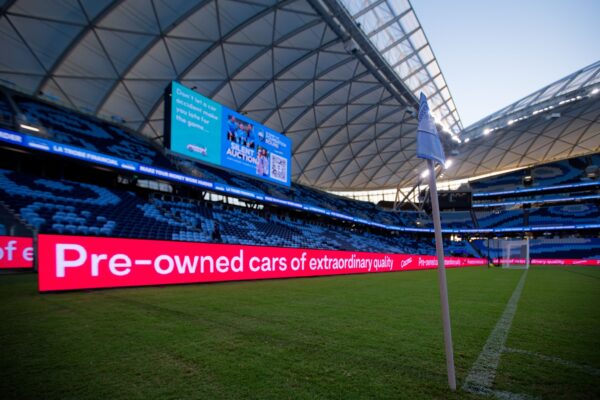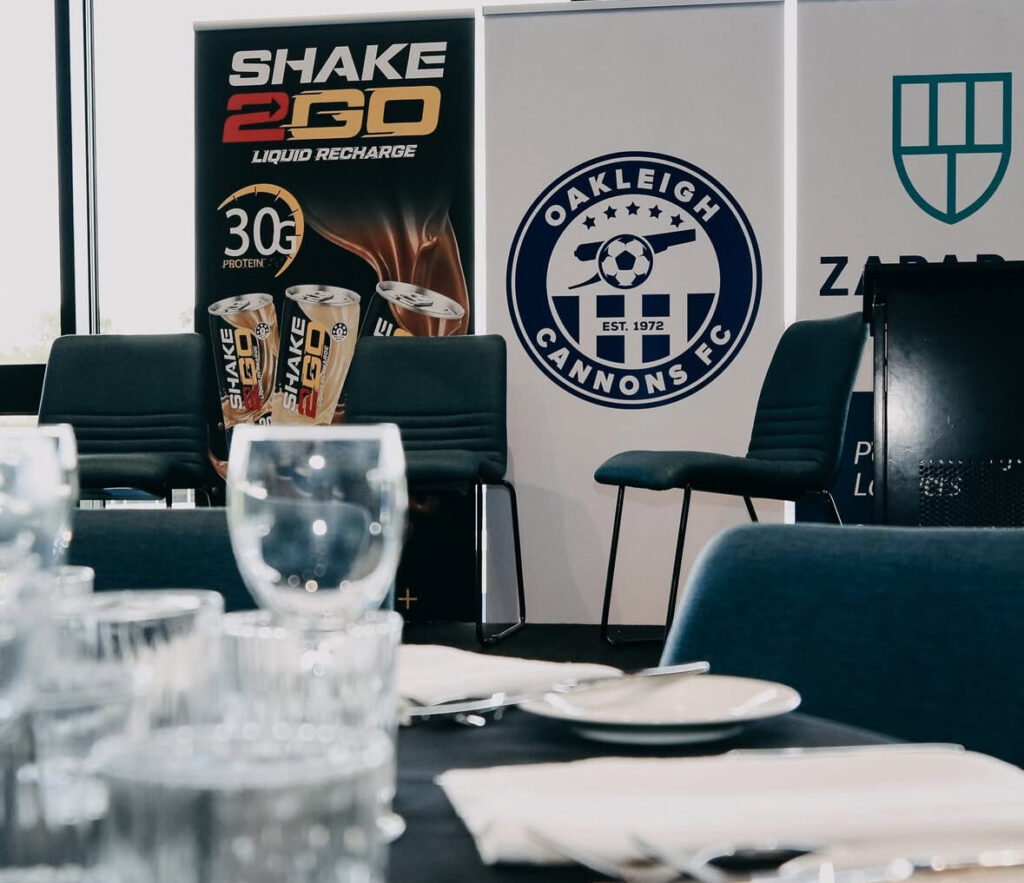
Preston Lions FC will commence work on its new football pavilion in February 2021, after receiving unanimous support from the Darebin City Council.
The new pavilion at BT Connor Reserve will feature four change rooms equipped with toilets and showers, and a new community space for social purposes.
Preston Lions Vice President David Cvetkovski was thrilled to announce the news, stating it was a massive step forward for the Lions.
“It’s the first step of our infrastructure master plan. The new pavilion will provide state-of-the-art facilities for the entire Preston Lions family,” Cvetkovski said.
In a major boost for the club, the pavilion will include women-friendly change rooms, access for people with disabilities, and other modern amenities.
“We have been working with Darebin City Council for some time, a lot of work and planning has gone into this. After a challenging year with COVID-19, it’s a great result for the club and for the local community,” Cvetkovski added.
Preston Lions FC will be making a sizable contribution to the upgrade, which is expected to be completed approximately one-year after its commencement date.













